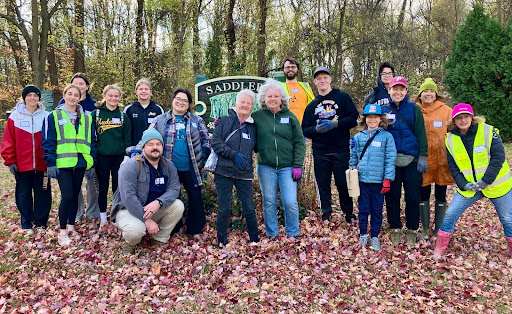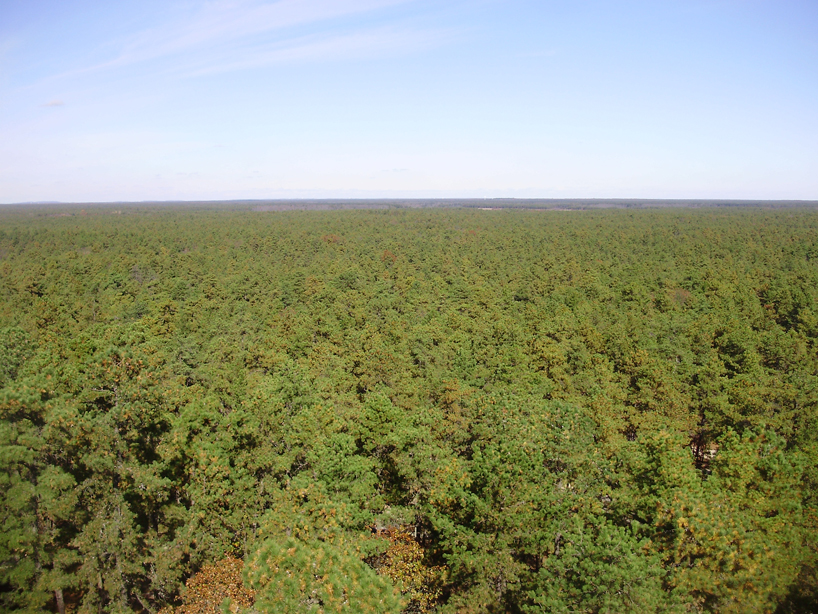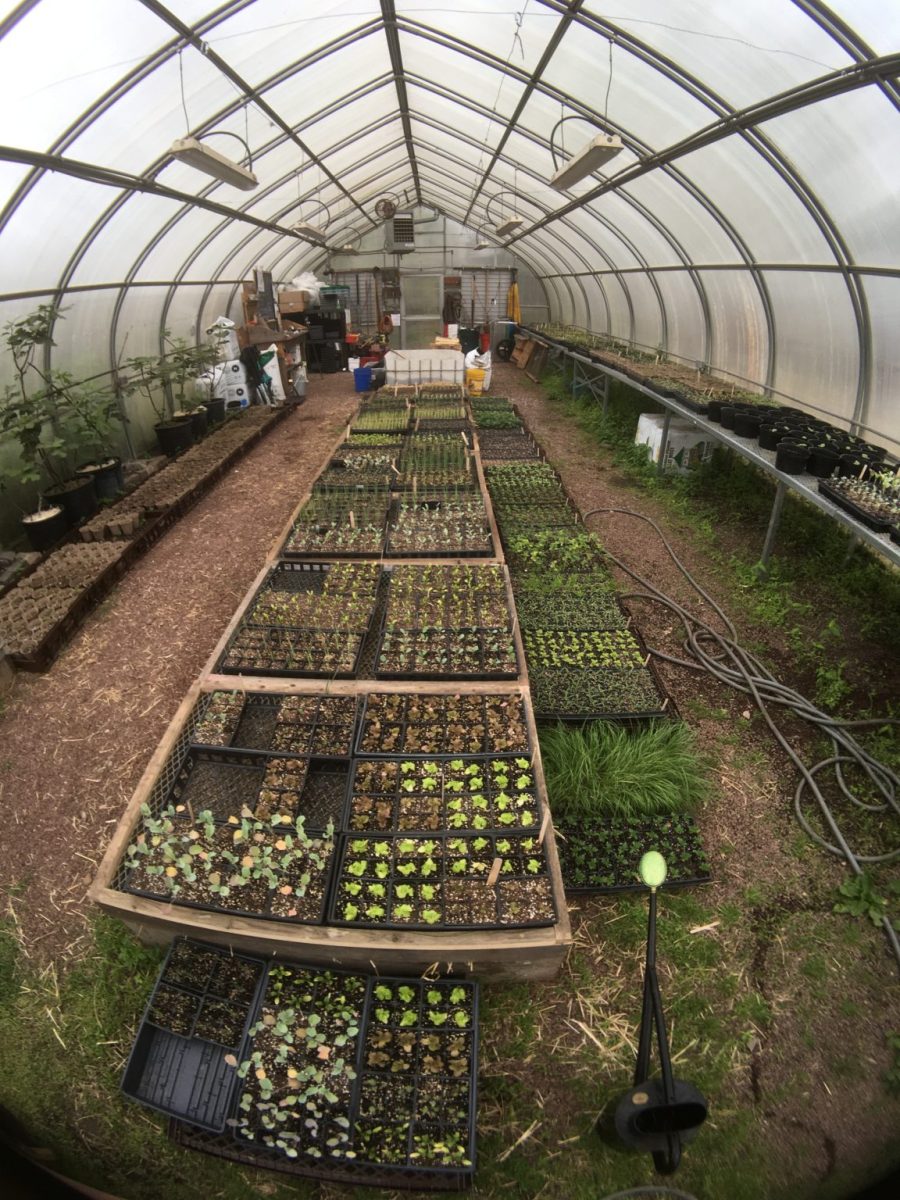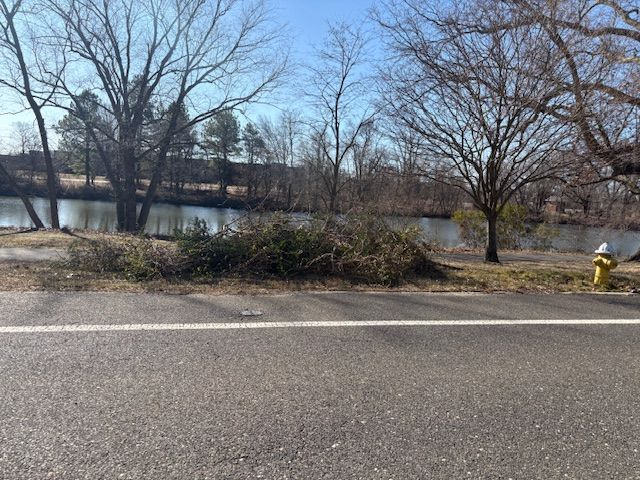Conservation has become an important part of mitigating climate change’s effects, whether through volunteerism, education, or advocacy. In Camden County’s Haddon Township, there is a group of residents dedicated to restoring Saddler’s Woods.
Saddler’s Woods is a 25.8-acre forest around Newton Creek that was inhabited by the Leni Lenape Native American tribe. The forests were then used for farms, pastures, and residential and commercial lumber and fuel use.
The Saddler’s Woods Conservation Association (SWCA), a non-profit organization was named after Joshua Saddler, a fugitive during the 1800s who escaped from a Maryland plantation. He found the woods in New Jersey and eventually worked there, purchased the plot, and built a small home on a wooded lot. Others heard about this and moved to those woods as well, remaining the town to Saddlertown. The woods next to the town were named to honor Joshua Saddler in 2004.
Since then the conservation has worked to honor his words, “none of the timber shall be cut thereon.” They do this by promoting the woods so that visitors can admire the forests by taking tours.
Janet Goehner-Jacobs is the executive director of the SWCA as it is managed by a board of directors who are all volunteers, who work for the non-profit to educate and restore the woods. Her role is to save the woods from development and a founder of the organization.
“A lot of the work that our non-profit organization does is centered on three core missions, and those are habitat restoration, monitoring for spotted lantern flies, and giving a little boost to the native plants by restoring biodiversity,” said Goehner-Jacobs, “We study the attributes of Saddler’s Woods. We happen to be near an air pollution quality monitoring site.”
They take data from how much trees grow, the soils, and carbon sequestration rates, which is the process of capturing carbon dioxide and storing it in the Earth’s atmosphere.
Though they are not active in the winter, they do begin hosting events in March where they do tours and activities open to the public. They also do clean-ups in the woods that allow volunteers to help weed invasive plants, pick up litter, and tidy up trails.
Conservations and non-profit organizations are changing the way students can learn about climate change from as young as 5 years old, by learning why not all plants are allowed to live in the same environments, why preserving these woods matters, and how these forests are vital to the community.
“When people come to the woods they start to learn the difference between a robin and a blue jay. If you can’t identify things that are in your backyard how do you know it’s gone?” said Goehner-Jacobs, “The world can be disappearing and if all you ever see is stuff on YouTube, you’re not going to see what’s happening right at your feet.”
These places are important defenders of climate change because these ecosystems help the wildlife and communities stay resilient. The Saddler’s Woods are a deciduous forest, which means they have lower flammability, but that does not mean wildfires cannot impact them.
Currently, volunteers are making the effort to bring large buckets of water to the very dry soil of the woods. The goal is to keep the plants from dying in these severely dry conditions.
Saddler’s Woods is open for visiting and staying informed of the impact the non-profit is creating to educate about the environment and climate change impacts.








